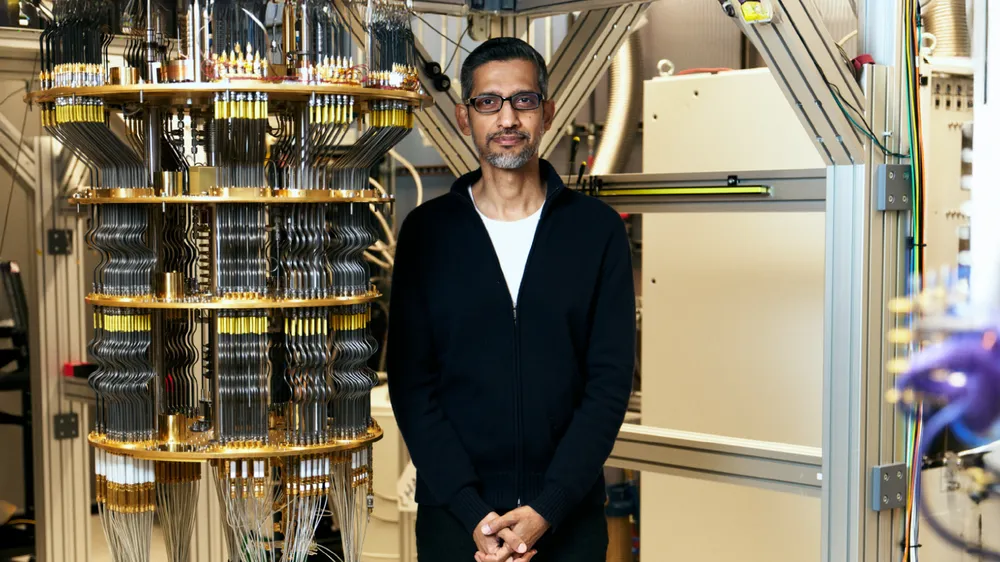In Brief
Google’s quantum computer, Willow, has surpassed traditional supercomputers by solving a computational problem approximately 13,000 times faster.
The algorithm used, called “Quantum Echoes,” marks a significant achievement in demonstrating quantum advantage.
Despite this progress, practical quantum computers capable of broader tasks still require years of development and technological advances.
Quantum Milestone Achieved
Google has recently achieved what is considered a major milestone in the field of quantum computing. Their latest quantum processor, known as Willow, has successfully outperformed the world’s leading supercomputers in completing a specific computational problem. This breakthrough, detailed in the renowned scientific journal Nature, signifies the first instance where quantum computing has demonstrably surpassed classical computing in a particular domain.
The Significance of Quantum Echoes
The test utilized an algorithm dubbed “Quantum Echoes.” This particular algorithm managed to solve the computational issue significantly faster than conventional supercomputers, executing the task around 13,000 times quicker. This performance edge constitutes what experts refer to as “quantum advantage,” highlighting the potential of quantum computers to handle extraordinarily complex calculations faster than traditional systems.
Current Limitations and Future Prospects
While the demonstration of the Willow processor’s capabilities is promising, Google maintains that the advent of universally applicable, fault-tolerant quantum computing systems is still a distant goal. Constructing such systems will require hardware equipped with millions of stable qubits along with sophisticated cooling technologies to manage them. Currently, the applications of this technological feat are limited to very specific tasks and do not yet extend to commercial or widespread use.
Experts have lauded the development but simultaneously advised caution, noting the experiment’s narrow focus on a unique experimental task rather than addressing a broad spectrum of common computational challenges. However, they also acknowledge this advancement as a crucial step towards the utilization of quantum computing in areas such as drug discovery, material science, and enhancements in artificial intelligence technologies.
Conclusion
Google’s latest achievement in quantum computing not only marks a historic moment of achieving quantum advantage but also underscores the potential and challenges that lie ahead in the maturation and application of quantum computing technologies. As the field progresses, it holds the promise of revolutionizing various aspects of science and industry.



